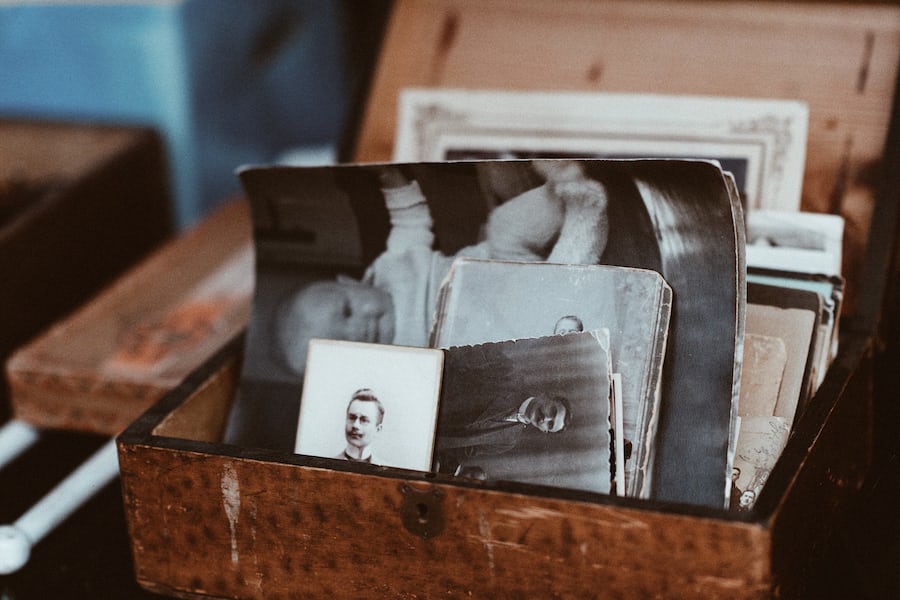This post is also available in Dutch.
This blog is part of this year’s summer series called Brain Basics, in which we dive into the general functions and development of our brains.
When I ask you to recall the best vacation of your life, you probably come up with an answer much quicker than when I ask you to recall what you had for dinner on a random day last month. How do our brains store and retrieve memories and what do emotions have to do with that?
Working memory: A gate into our brain
When we experience an event or emotion, all incoming information from our surroundings is first held in our working memory. Just like the working memory of a computer, this allows us to have things we experience active and ready to use. Our working memory has a gating mechanism that allows relevant information to enter while blocking out distractors, for example, when you are at the airport you should notice when your flight is called for boarding while ignoring information about other flights. To be able to remember long after the event has happened, a memory is formed by encoding the event. Encoding describes the way the brain converts information from the senses into electrochemical signals. These signals can create or strengthen connections between neurons which leads to neural pathways associated with the memory.
Memory consolidation
After the initial neural connections are made, consolidation further strengthens these. The brain replays the activation patterns and reinforces the neural pathways. This lets us retrieve memories if we want to recall them. Every time you think about your last vacation, you reactivate the neural pathways for this memory, leading to reconsolidation and strengthening the memory. This reactivation even happens in your sleep! Stabilizing memories is crucial for the long-time storage of information, making them less likely to be forgotten.
Where are memories stored in the brain?
The hippocampus, a small seahorse-shaped structure, is important for creating associations and transferring memories to long-term storage. Long-term memory is distributed across the brain, in the same regions that were active when the memory was formed. So, memories are not stored in one place but in many different places connected to each other. However, different brain regions have different specializations, like the amygdala for emotional memories such as a fun vacation.

Image. The image shows a cross-section through the center of the brain. The regions prefrontal cortex, amygdala, and hippocampus are highlighted. Image created with BioRender.com
The amygdala: Creating emotional meaning
The amygdala is a small, almond-shaped structure in the brain’s temporal lobes. When we experience an emotional event, the amygdala boosts encoding and that is why we often remember events with great emotional significance the best. In the brain, the neurotransmitters serotonin, norepinephrine, and dopamine are key players in regulating moods and emotions.
The prefrontal cortex: Helping us control our emotions
The prefrontal cortex acts as a control center to keep a level head even when something is emotional. It integrates emotions with other cognitive processes such as goals and previous experiences. The interplay of the prefrontal cortex and amygdala helps us contextualize our emotional experiences to balance raw emotions and rational thinking.
Our memories and emotions are what make us human. These functions are intimately entwined within the neural fabric of our brains and researchers continue to attempt to understand how our brains manage to remember the smallest details of some events while we completely forget about others. We already know for certain that emotions are the key players in making sure we remember the important parts.
In the upcoming blogs of this series, we’ll dive further into the anatomy, the development, and the different functions of our brains.
Credits
Author: Helena Olraun
Buddy: Viola Hollestein
Editor: Wessel Hieselaar
Translation: Maartje Koot
Editor translation: Marlijn ter Bekke
Featured image by Roman Kraft via Unsplash
